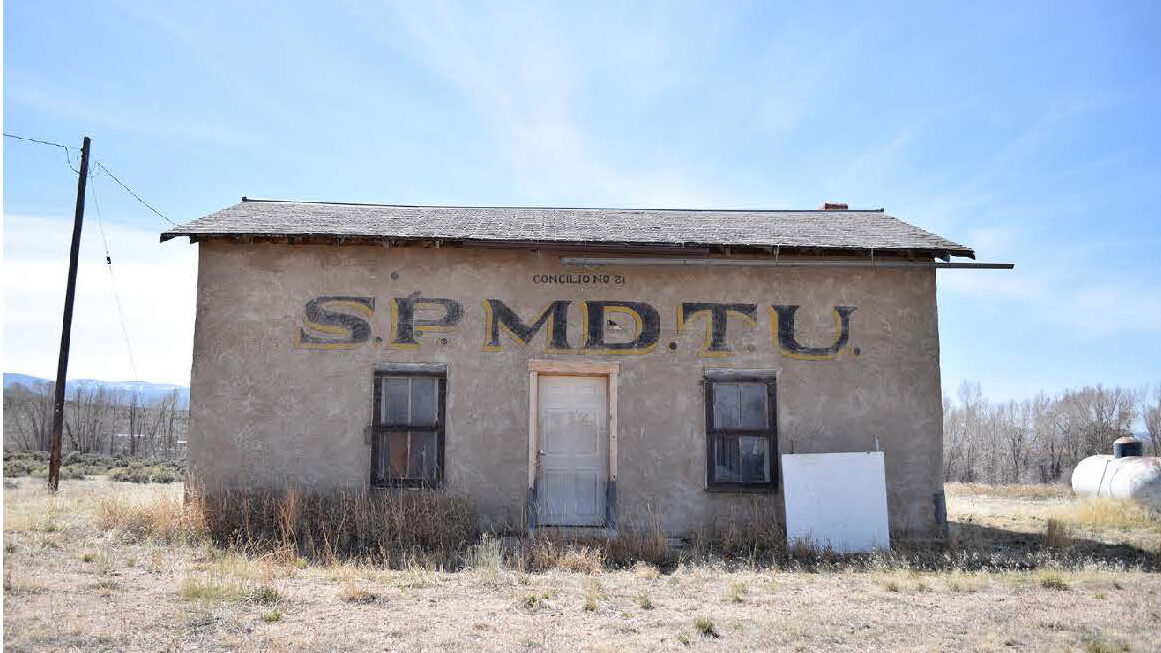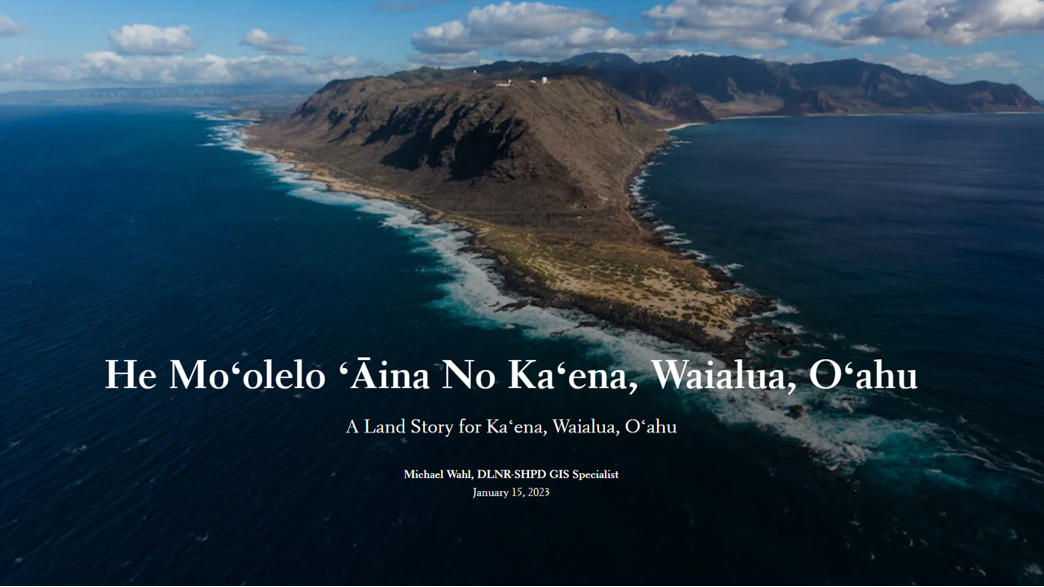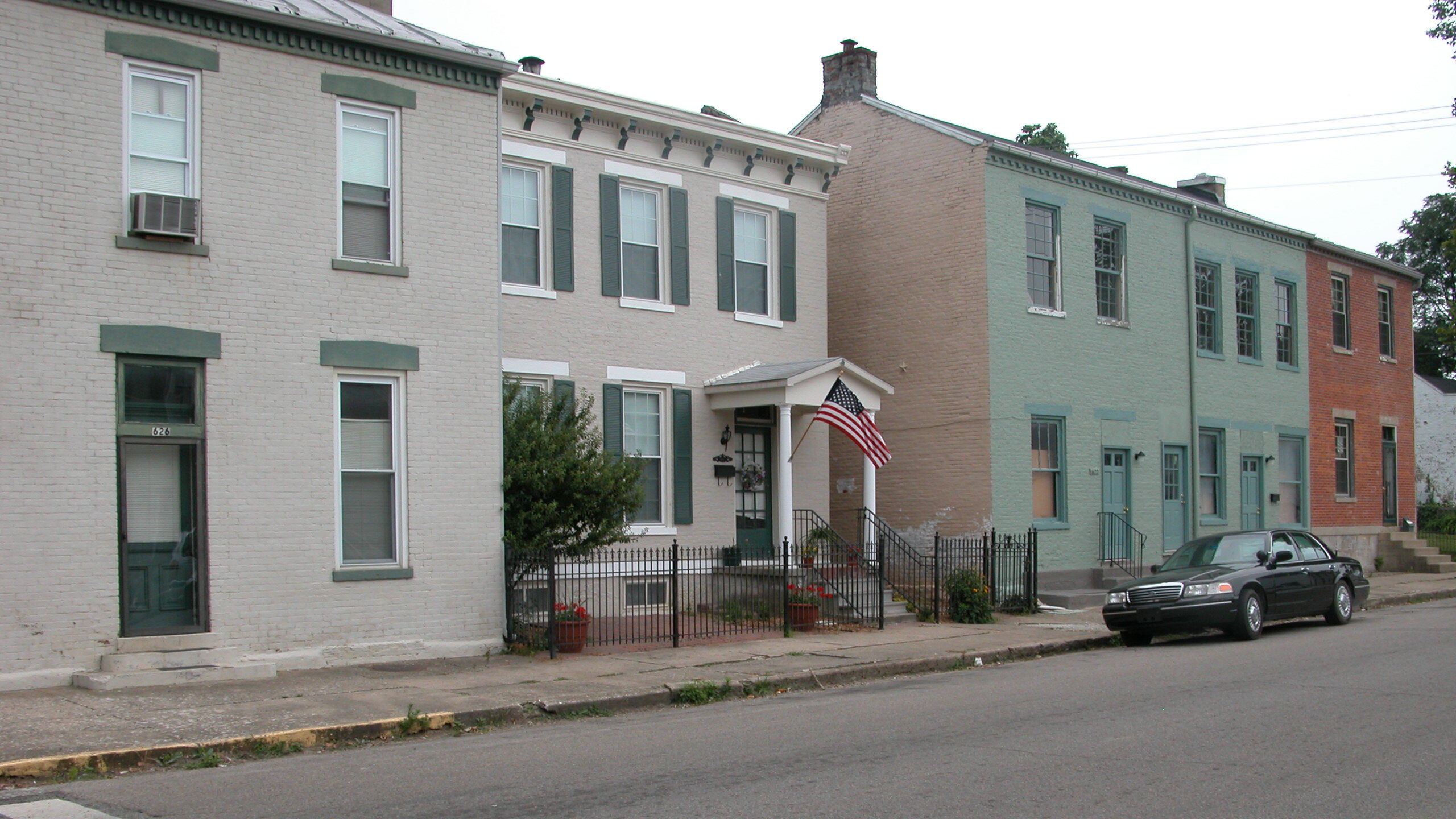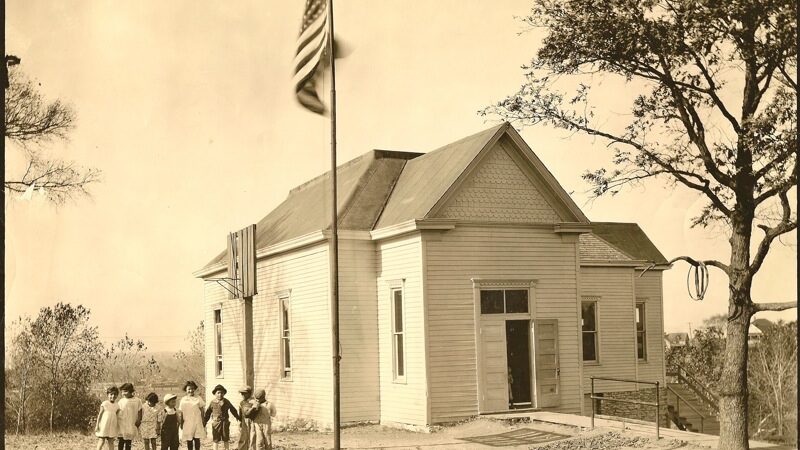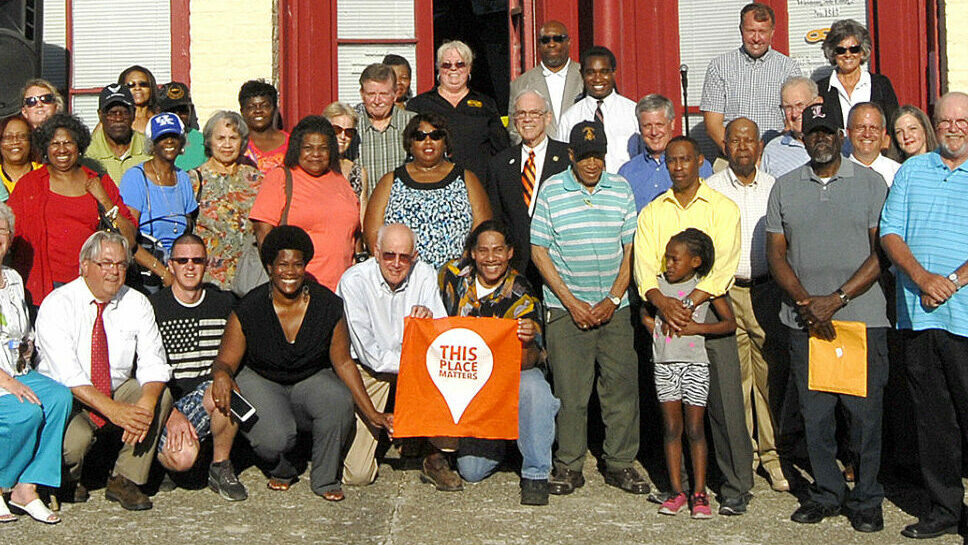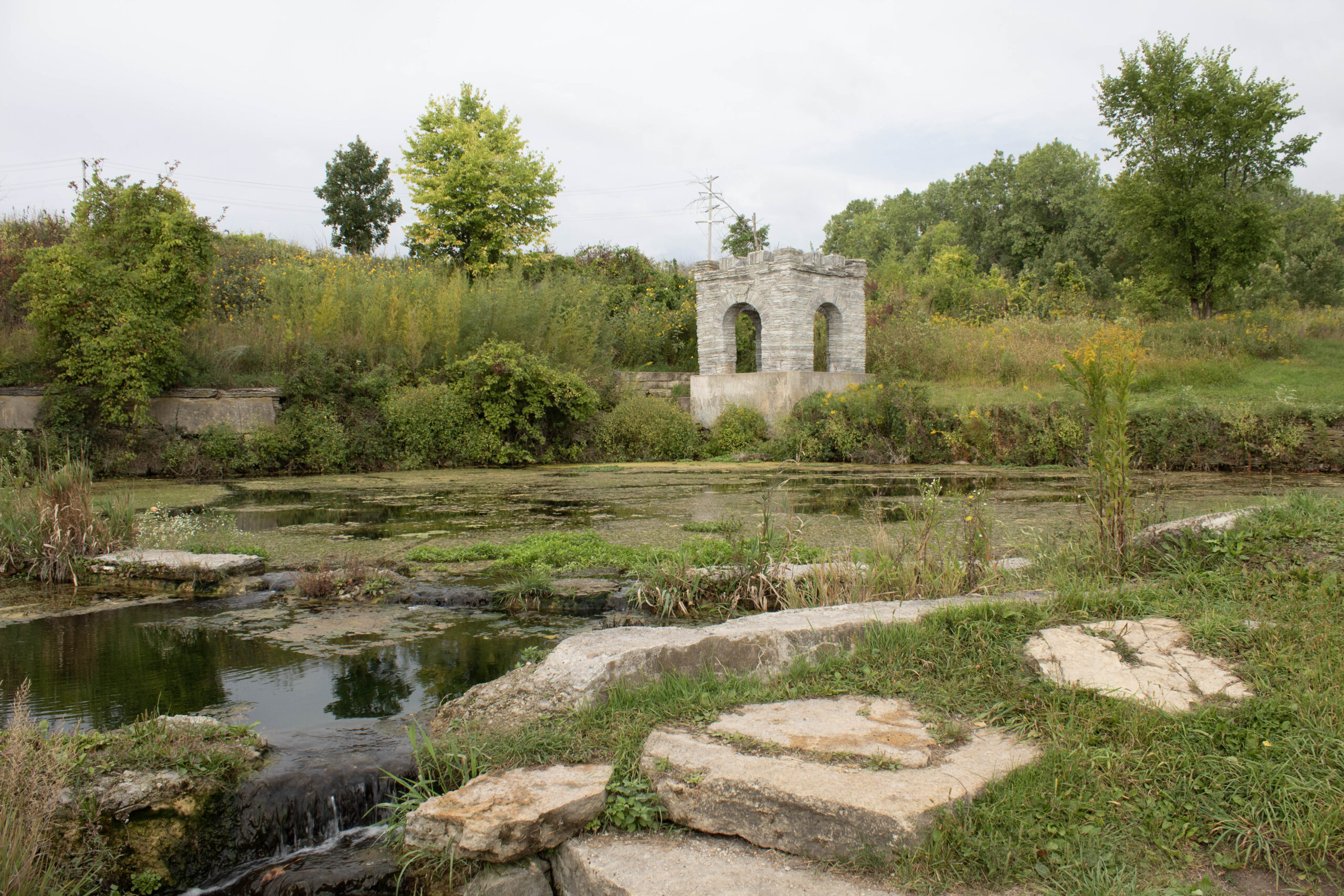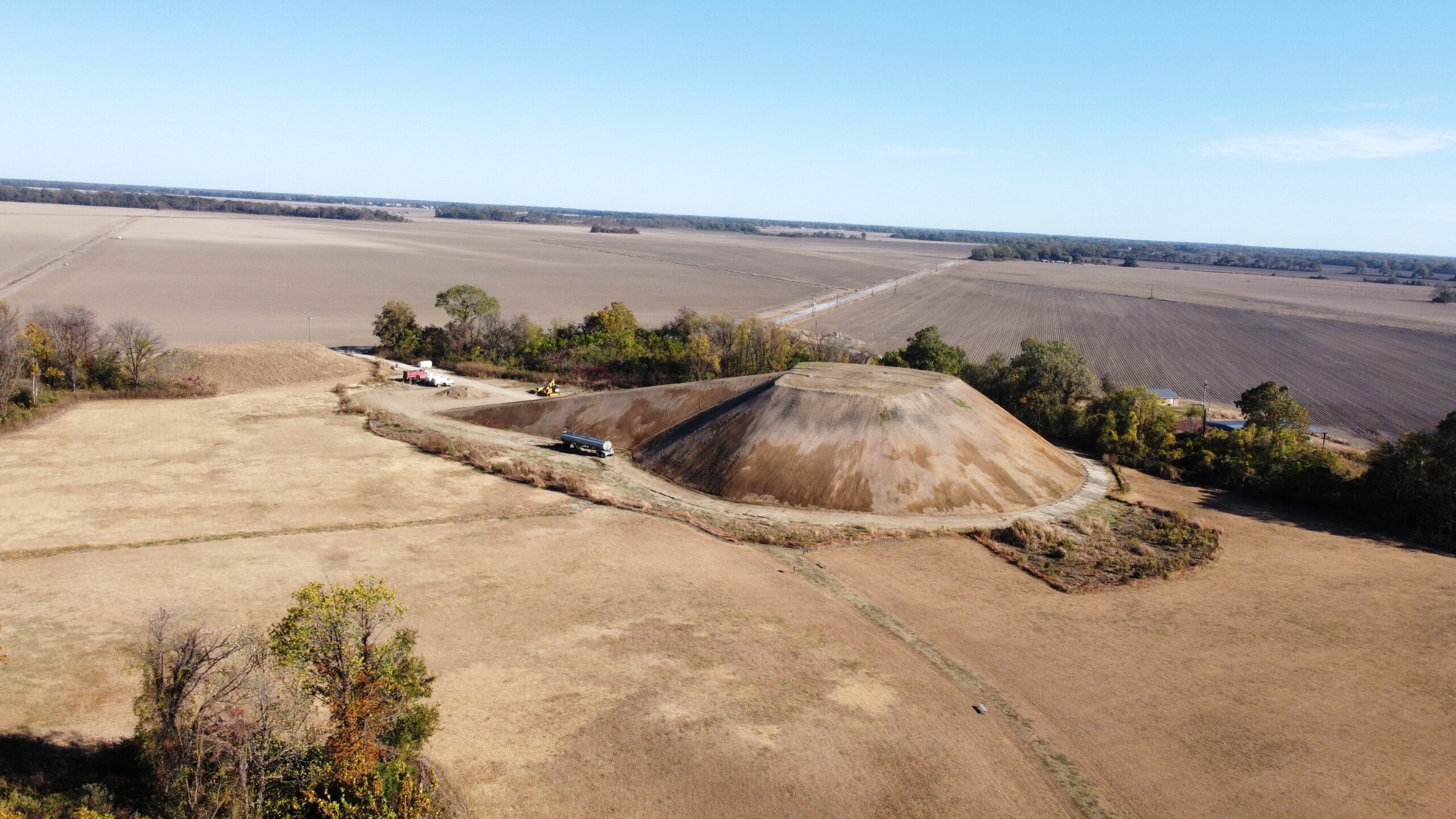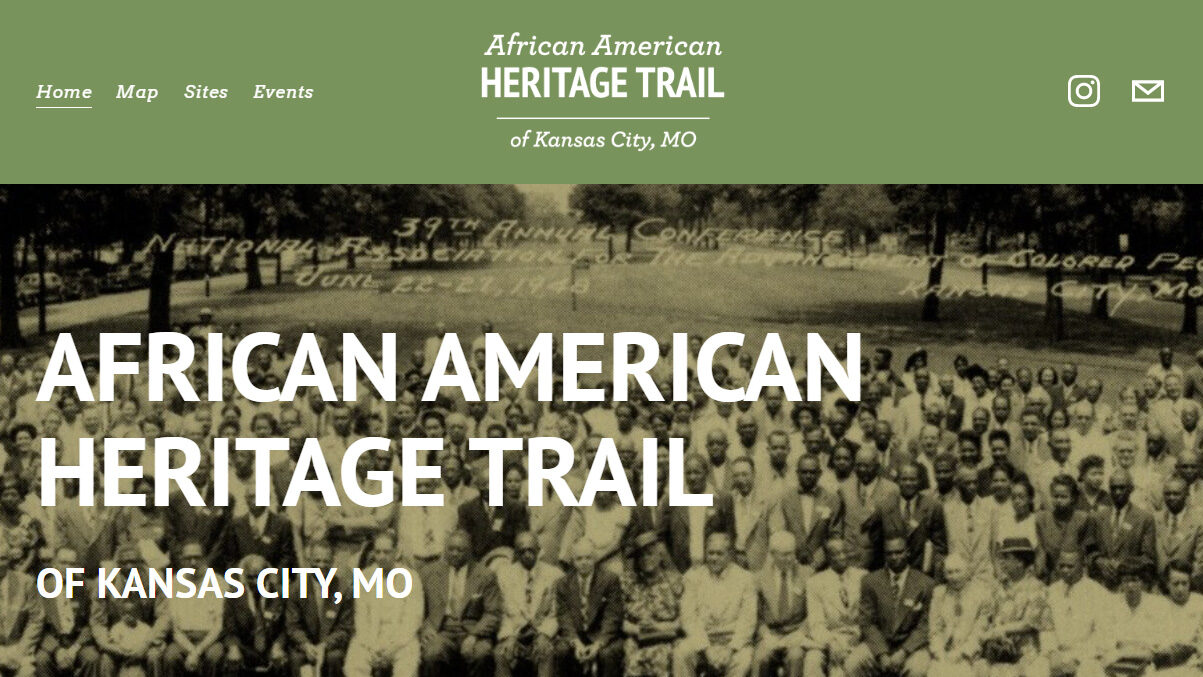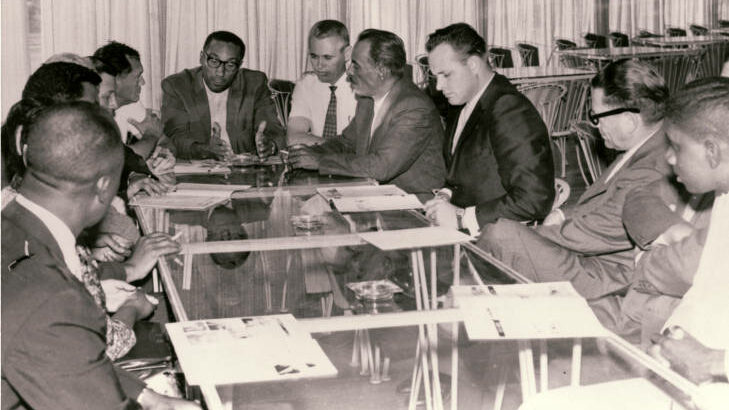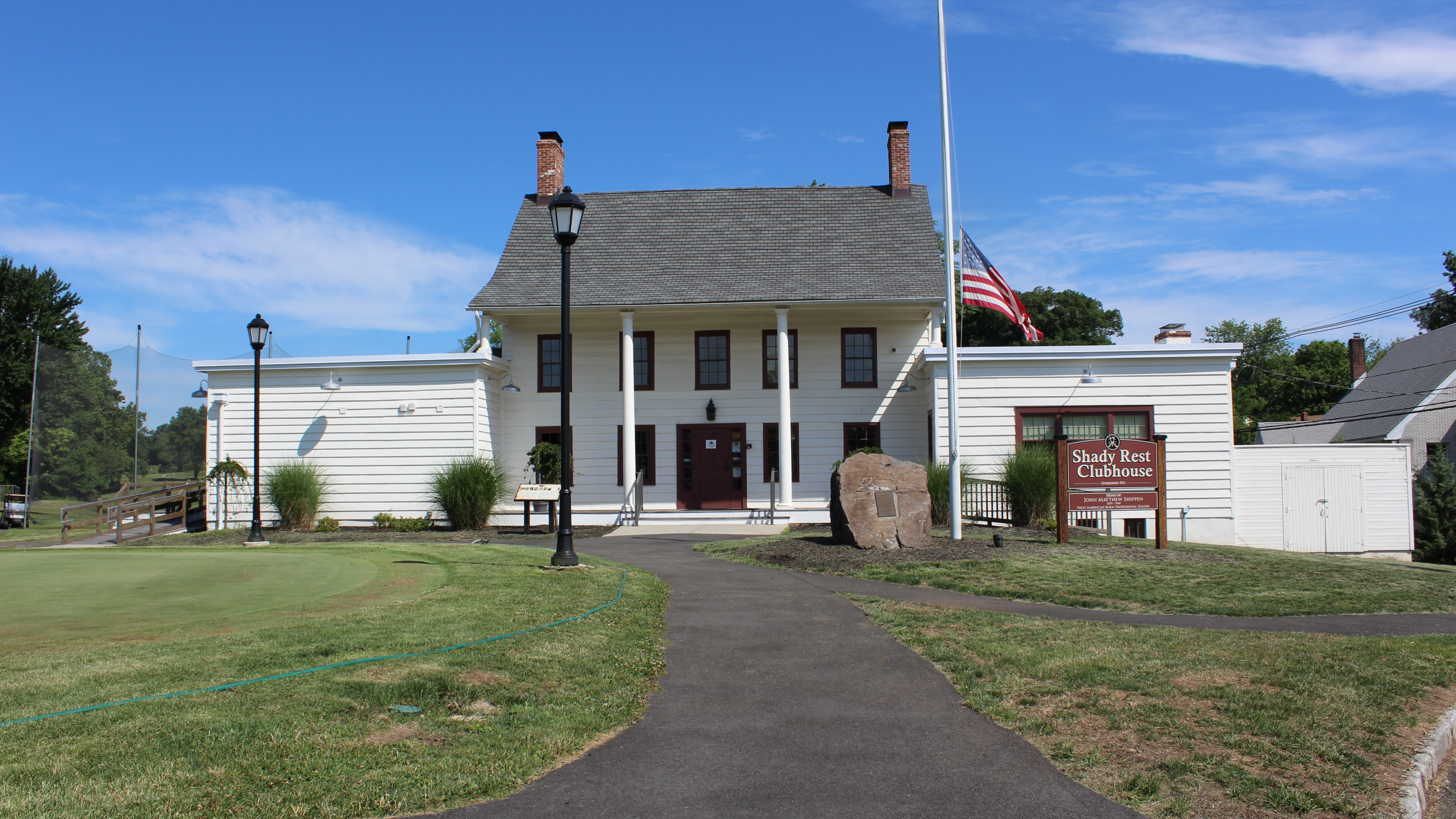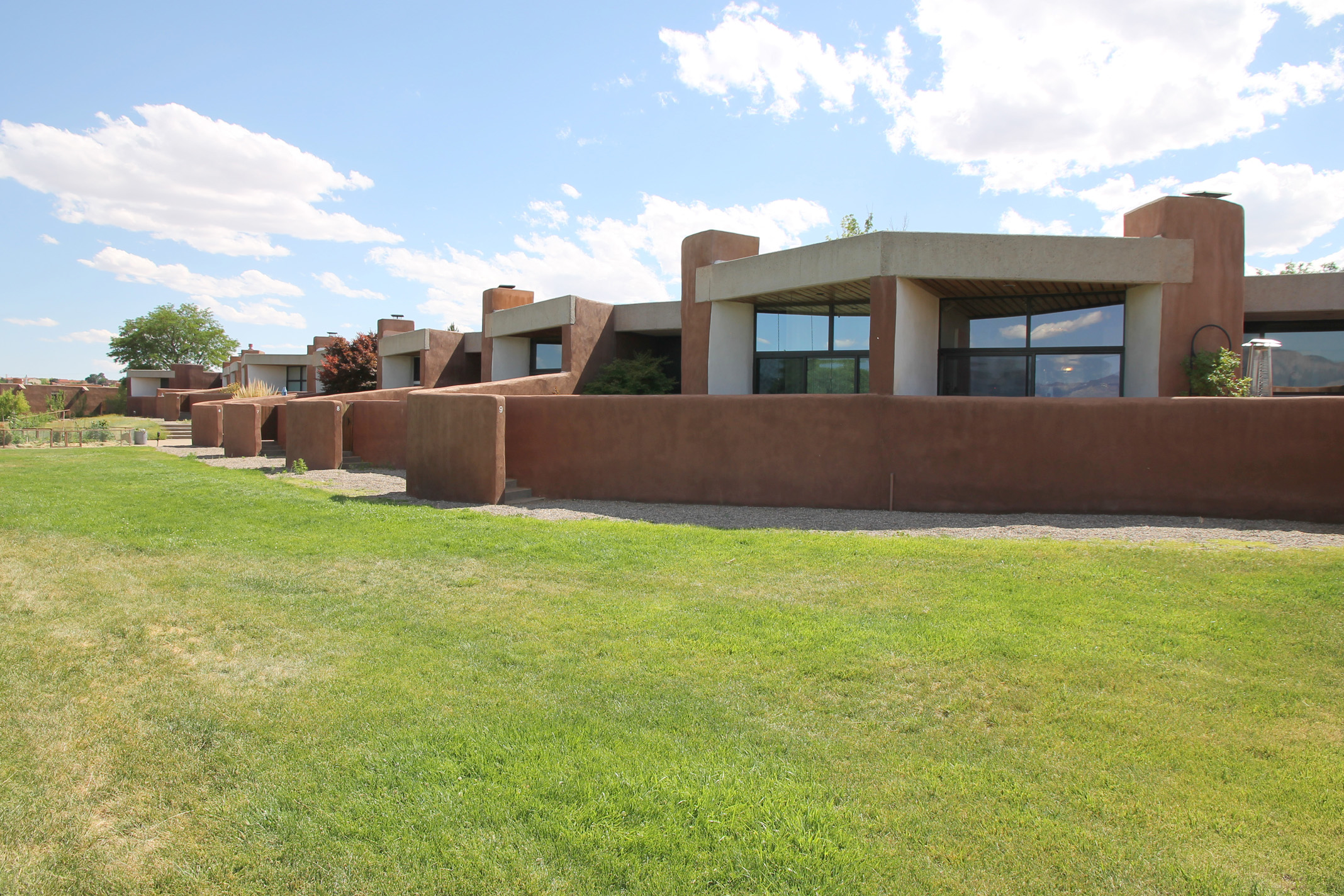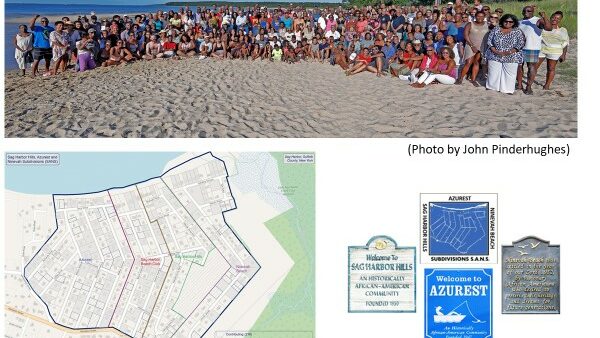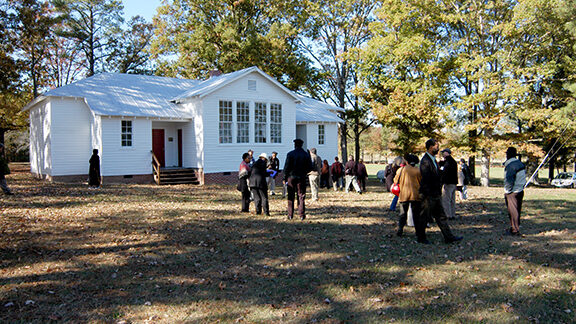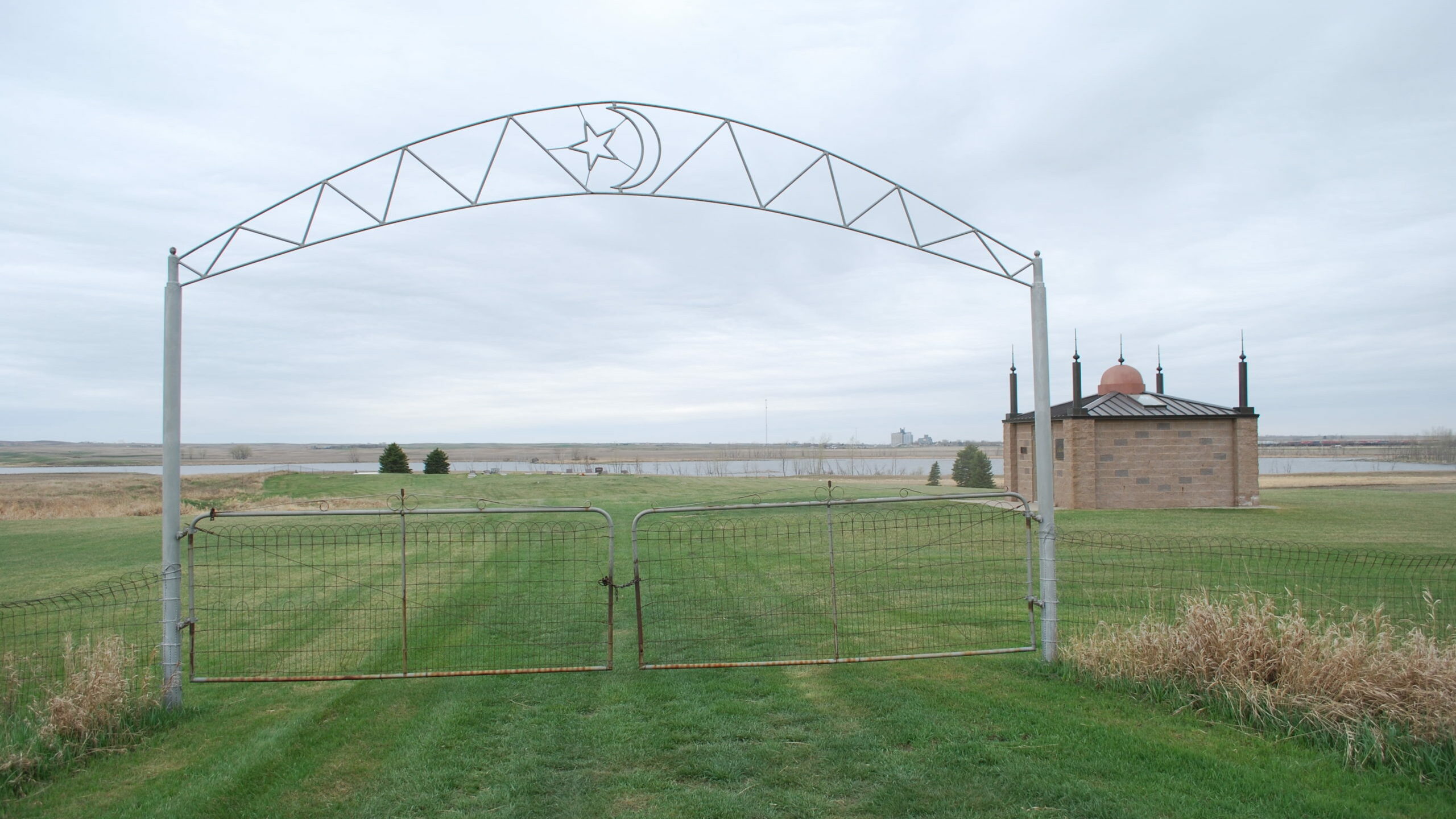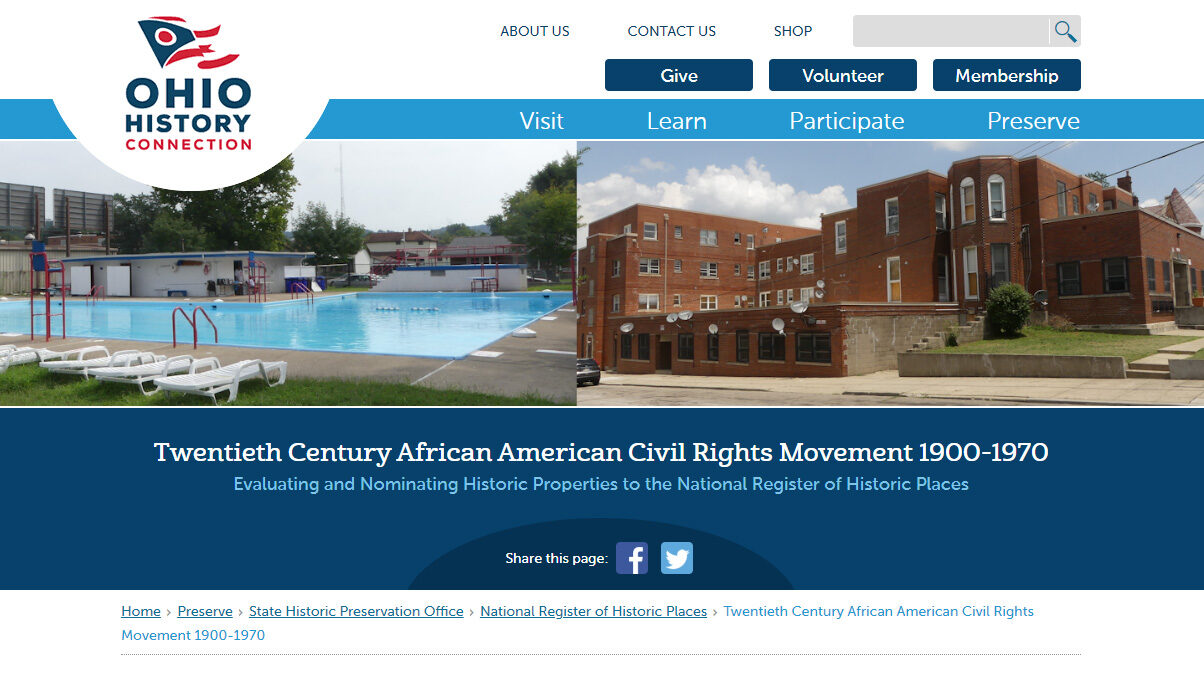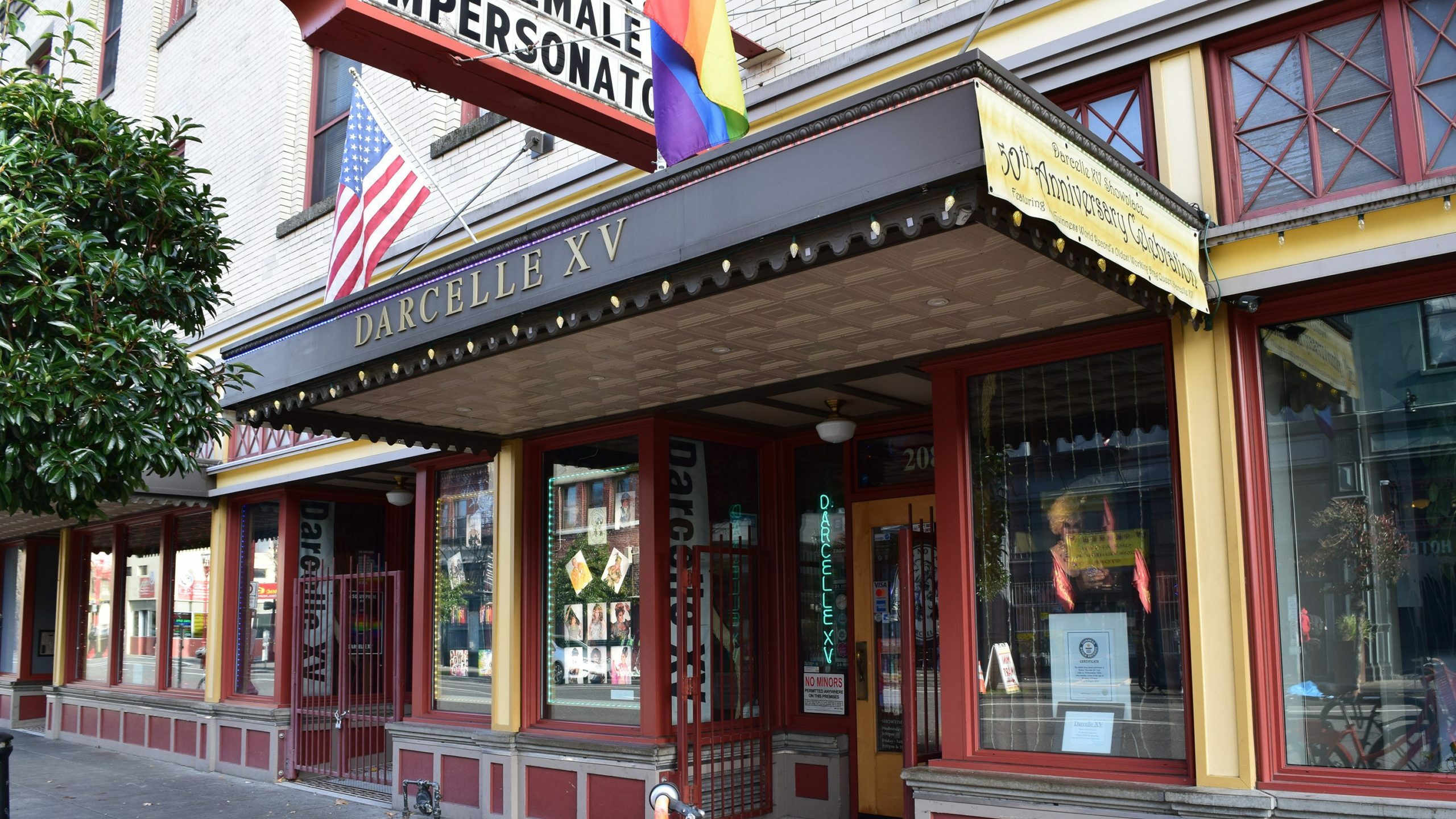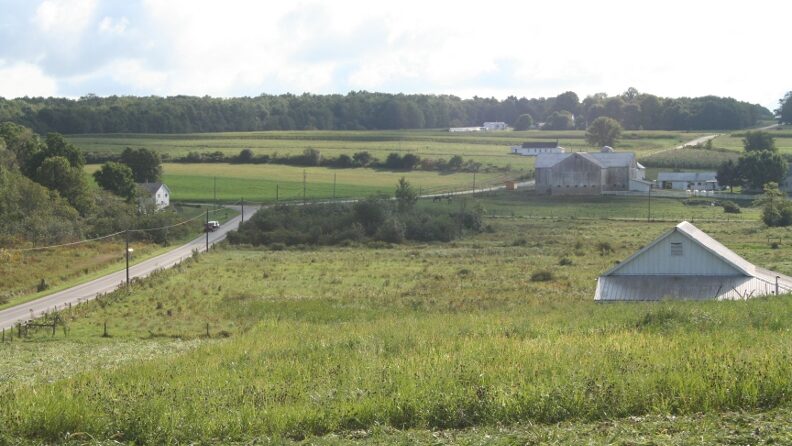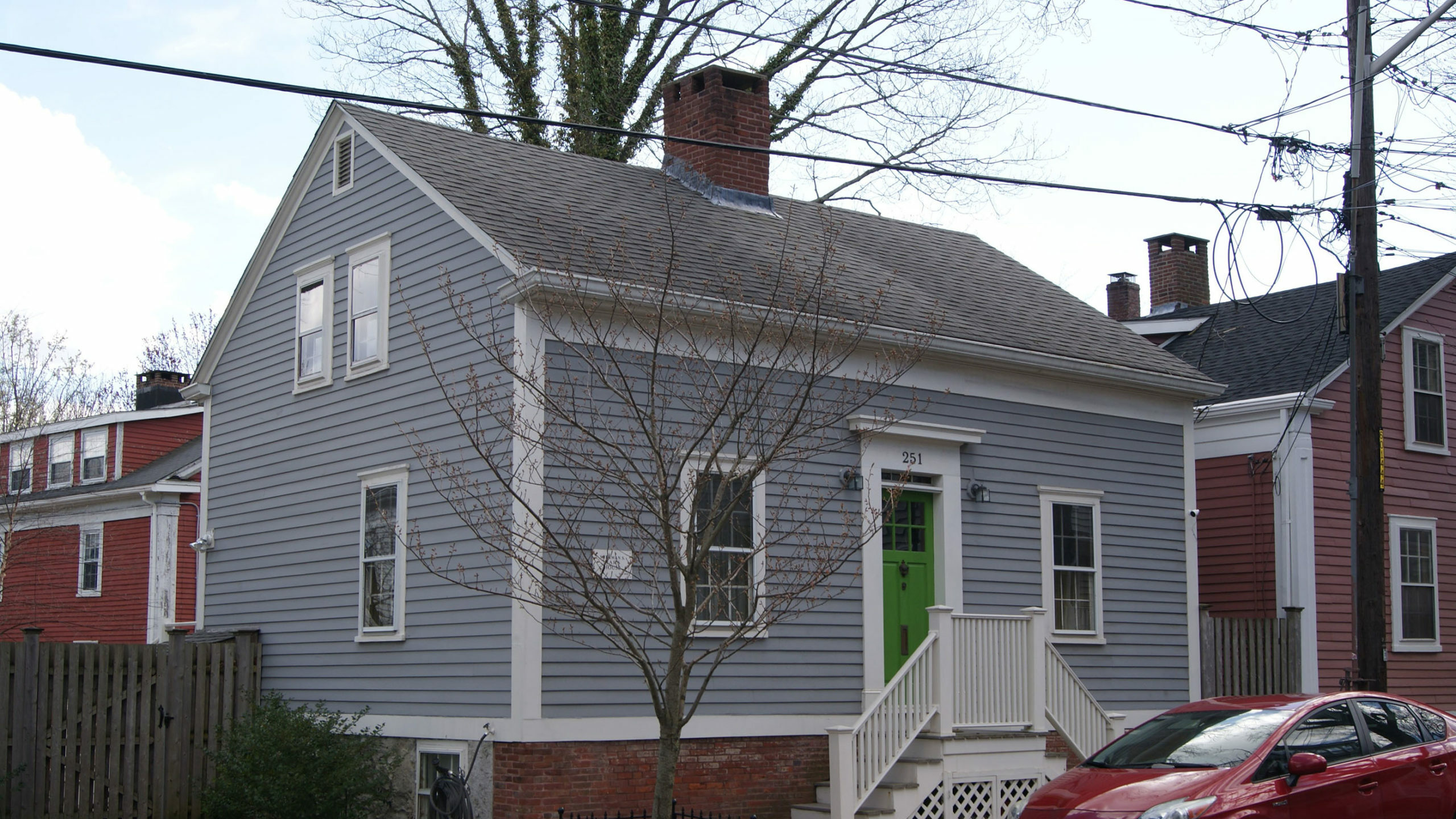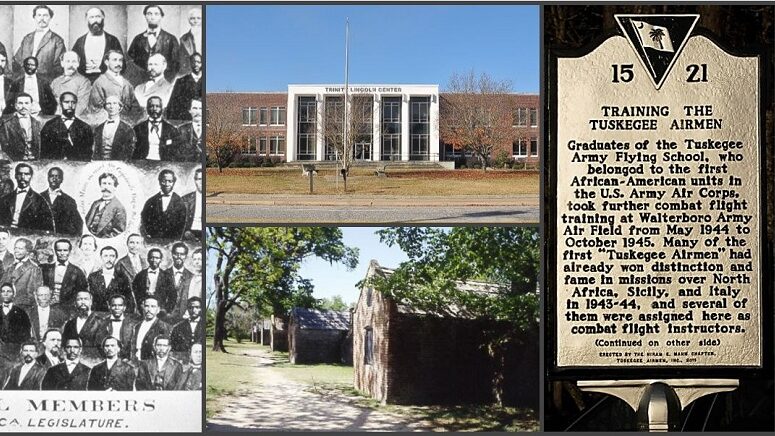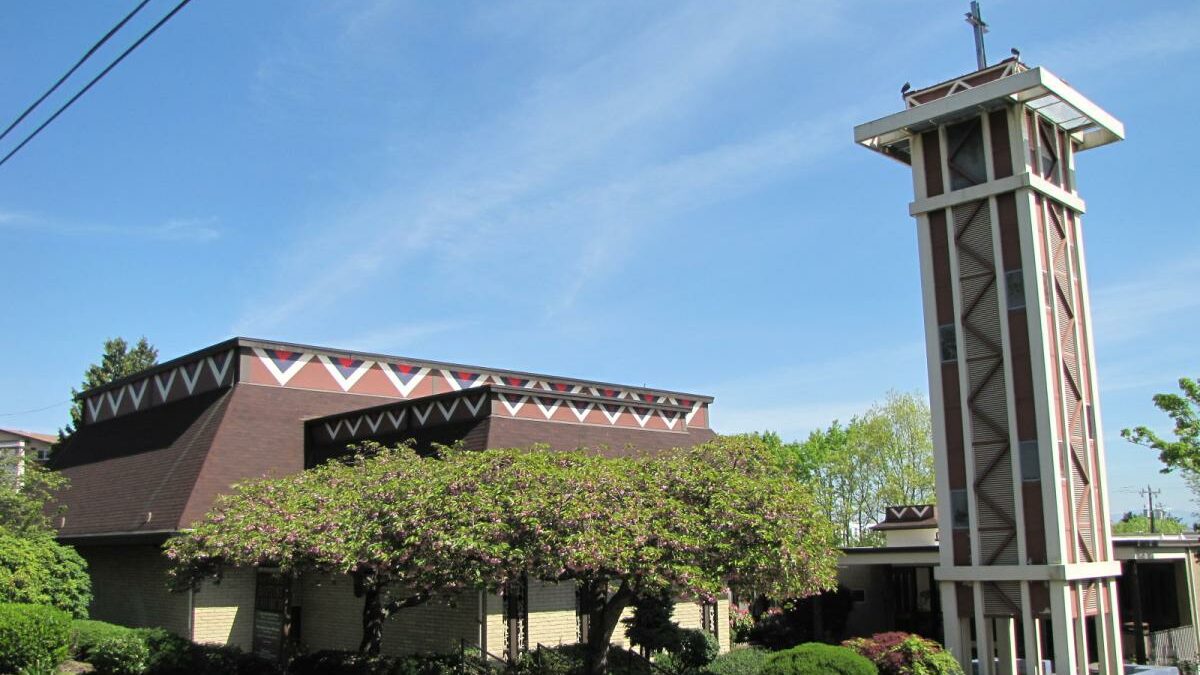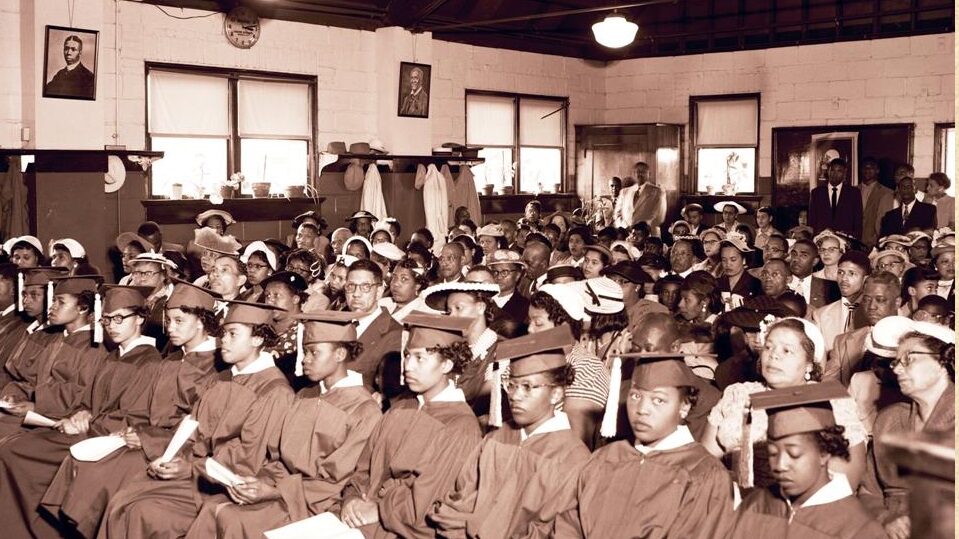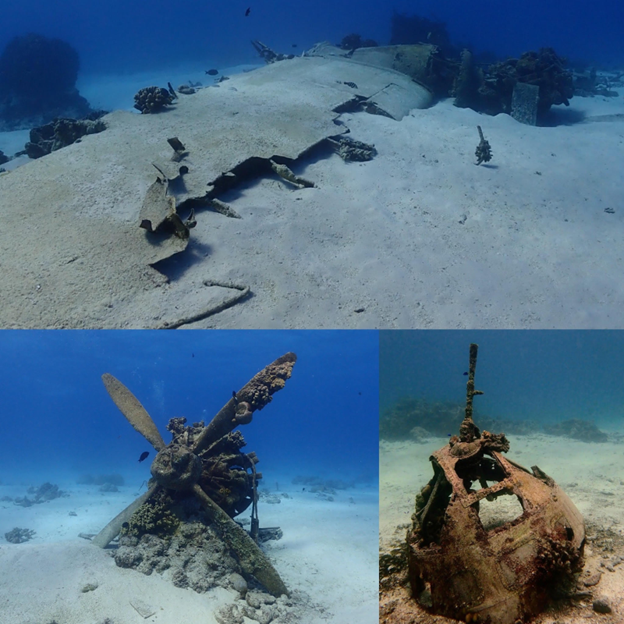State Historic Preservation Offices work tirelessly to promote the historic places ability to share the stories and experiences of all Americans. Have a look at some initiatives around the country which highlight these efforts.
U.S. States

Alaska
A New Program for Alaska’s Maritime Heritage Preservation was launched to preserve and interpret Alaska’s rich maritime heritage. A joint effort of the State Historic Preservation Office (SHPO) and the State Libraries, Archives, and Museums (LAM), this program protects Alaska’s maritime resources and advances public awareness of Alaska’s nationally significant maritime properties, collections, traditional skills, and knowledge. It builds a network of statewide partners dedicated to preserving Alaska’s rich maritime heritage and increasing public appreciation for Alaskans’ long and multifaceted relationship with the water and supports projects that identify, document, and interpret Alaska’s maritime resources, such as historic, cultural, and archaeological properties, archival documents, oral history, folklore, and traditional lifeways. This effort increases the visibility of Alaska’s maritime past with regard to seafaring and ecological knowledge that enhance the understanding of Alaska’s maritime legacy.
The SHPO awarded the first round of Maritime Heritage subgrants to 15 communities across Alaska, ranging from Kasaan to Kodiak to Unalaska.
Arizona
The Jacobson House is a significant modernist property in Tucson’s Catalina Foothills, designed by Arizona master architect Judith Chafee. Constructed in 1977, this single-family residential concrete and glass house is an important foundational example of Chafee’s work and is an outstanding representation of Tucson’s Modern architectural movement. Commissioned by clients Art and Joan Jacobson, the house featured a limited material palette of concrete, painted concrete block, aluminum frame windows, and glass, masterfully combined to produce an environmentally responsive design expressed with distinctive interior and exterior zonal geometric design. By the mid-2010s the house began falling into disrepair and sat vacant for half a decade. The Jacobson House was facing demolition, in favor of land redevelopment.
In 2021, the Clinco family purchased the house & embarked on a preservation effort including pursuit of multiple historic designations to recognize the importance of the building. The 12-month restoration maintained the unique and character-defining features of the house. It was named to the National Register, received an Arizona Governor’s Heritage Preservation Award, and utilized historic tax credits.
Colorado
National Register Nominations for Sites Associated with Hispano Communities | In an effort to increase representation of Colorado’s Hispano communities in the National Register, the Colorado SHPO and Sangre de Cristo National Heritage Area partnered to prepare nominations for four properties associated with the Hispano communities in Colorado’s San Luis Valley. Funded by an Underrepresented Communities Grant, the project team, which included both historians and an archaeologist, explored the significance of each site from a broad perspective that included cultural heritage, landscape, and archaeology—a model that can be applied to other resources with complex significance.
District of Columbia
Story Map, Kingman Park | Kingman Park is a neighborhood in Washington, D.C. that developed during the height of segregation when African Americans were largely shut out of new housing developments in and around the city by racially restrictive covenants. No such restrictions existed in the new development of Kingman Park, so house sales took off, attracting an exclusively African American population, and engendered the building of a new segregated neighborhood. Residents of Kingman Park enjoyed a vibrant and tight-knit community, but they were also removed from white Washington and were continuously denied equality by government policies. To fight racial injustices, residents banded together. Several sites in Kingman Park became important scenes of civil rights demonstrations and activities contributing to the end of legally sanctioned segregation practices in the city and nationwide. This Kingman Park Story Map reveals the history of the neighborhood and its fight for civil rights through compelling historic maps and images.
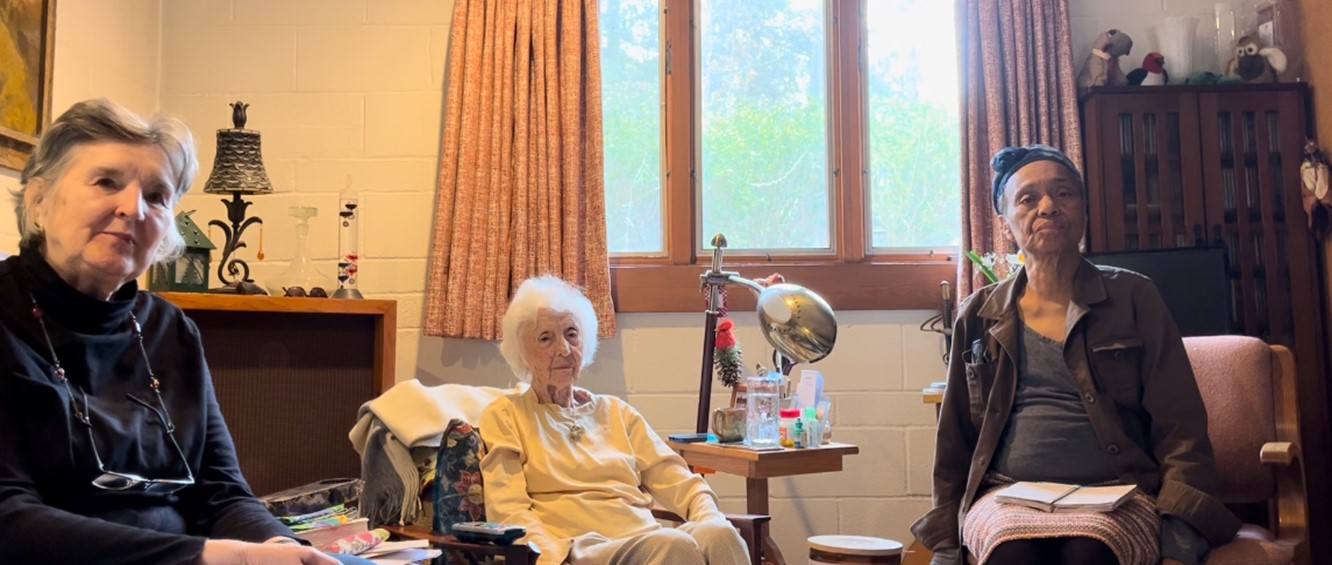
Georgia
Georgia African American Historic Preservation Network Oral History Project | The Historic Preservation Division (HPD) of the Georgia State Historic Preservation Office undertook an oral history project focusing on the Georgia African American Historic Preservation Network (GAAHPN). The creation of GAAHPN in 1989 was a collaboration between the HPD and African American communities in the state; for which the impetus was the lack of representation of Black structures and sites listed on the National Register. As a result, Black communities around the state could ensure improved representation of Black historic places. GAAHPN also helped create the African American Programs Coordinator position for HPD in 2000. Since creation, GAAHPN has documented their important work, but not who was involved in these efforts. As such, this oral history project serves to record those early leaders so that GAAHPN’s contributions to historic preservation can be fully understood and appreciated.
Hawaii
Story Map, Kaʻena Point | Kaʻena Point is considered by Native Hawaiians to be one of the most sacred places on the Island of Oʻahu. It has been continuously utilized by humans for over a thousand years as a major fishery and ceremonial area. More recently, Kaʻena Point has been used for military encampments, sugarcane railroads, and cattle ranching activities. This land has a rich storied past exemplified in moʻolelo; the history, oral traditions, and literature, which reflect the traditions, customs, beliefs, and living culture in Hawaiʻi. The moʻolelo tell us that Kaʻena Point is one part of a vast cultural landscape that speaks to the entirety of human existence in Hawaiʻi from birth to death. This landscape stretches from Moanalua in ʻEwa to the land of the wandering, lost souls of Kaupeʻa in Honouliuli, to the birthing stones at Kūkaniloko in Central Oʻahu and the Leina-a-ka-ʻuhane that serves as a leaping off point at Kaʻena Point for the souls of the dead into the next realm.
Idaho
Multiple Property Documentation for African American Civil Rights in Idaho | the Idaho SHPO recently received a grant to research the history of African American Civil Rights in the state and identify sites associated with the struggle, finding, in the process, that the Idaho experience both parallels and diverges from the national movement. The study resulted in a Multiple Property Documentation for African American Civil Rights in Idaho, which was recently approved by the Idaho State Historic Sites Review Board; an individual nomination for the Bethel Baptist Church in Pocatello is underway. Also in the works is a traveling exhibit placing the Idaho Civil Rights struggle in national context. When completed, it will travel to local museums, historical societies, and public buildings throughout the state.
Indiana
Underground Railroad Initiative | since 1998, the DHPA has administered a public outreach program to foster research, identification, and protection of the state’s Underground Railroad resources. Through the Underground Railroad Initiative, the DHPA conducts a number of educational, training, and outreach programs for the public, advises and assists local historical groups and individuals with research activities and provides technical support for the preparation of nominations to the National Register of Historic Places and the National Network to Freedom so every person, place, or event in Indiana related to the escaping of fugitive enslaved Americans is known and remembered accurately.
Kansas
Survey of Hispanic-American History in Kansas City | the Kansas State Historic Preservation Office awarded a Historic Preservation Fund grant to the Kansas City Design Center in 2010 to hire an intern and consultant to conduct a survey of resources associated with Hispanic-American history in Kansas City, Kansas. The study encompassed three distinct urban neighborhoods and sought to identify structures and sites that might be eligible for inclusion on the local, state, or National Registers of Historic Places. The survey project was successful in many ways, but also identified challenges with documenting and determining eligibility for such resources when the history of these places have been erased due to intentional prejudice or neglect.
Kentucky
Stabilization and Rehabilitation Plan, Odd Fellows Lodge | The Kentucky Heritage Council has been proud to work with the Grand United Order of Oddfellows Washington Lodge #1315 and the City of New Castle to stabilize and develop a rehabilitation plan for the historic lodge building on Main Street in downtown New Castle. Working with Lodge elders, city officials and the New Castle Main Street program (a participating organization in the Kentucky statewide Main Street program administered by the KHC), we have employed the benefits of our Survey and National Register program, Main Street program, Design Services program and outreach and education programs in support of this significant organization and its historic location in downtown New Castle.
Maine
Malaga Island in Phippsburg is a 42-acre island that was named to the National Register of Historic Places in 2023. It is considered worthy of preservation and protection as part of the nation’s cultural heritage. Established in 1865, this is the former site of a small village of multi-racial families. The residents were evicted by order of Governor Frederick Plaisted in 1912. Eight former residents were institutionalized at the time of eviction, and the remaining residents dismantled their houses and relocated. The eviction was due to many factors such as: the rise of the eugenics movement, social reform movements, increasing tourism along the Maine coast, and views on poverty and racism.
Archaeological excavations on Malaga Island have yielded important information connecting Black and multi-race families to home sites. Fieldwork has also yielded important information that can be used to compare this fishing community with others across the state. The island has the potential to yield through archaeological testing a better understanding of the ethnic history relating to the interracial community and the lifeways of the residents.
Maryland
African American Heritage Preservation Program | Maryland’s African American Heritage Preservation Program provides $5,000,000 in grants each year for capital projects that assist African American heritage sites. The Maryland Historical Trust and our partner the Maryland Commission on African American History and Culture are proud to support this vital work preserving African American historical sites and promoting public understanding of the state’s African American history. Read more.
Massachusetts
Historic Context for the National Register Multiple Property Nomination of locations of the Underground Railroad in Massachusetts | The Massachusetts Historic Preservation Office (the Massachusetts Historical Commission) developed a historic context for a Multiple Property Nomination of Underground Railroad sites in Massachusetts. This framework provides a mechanism to list many different properties associated with the Underground Railroad that are currently known, and the ability to add properties as they are discovered.
Minnesota
Mni Owe Sni/Coldwater Spring was listed in the National Register of Historic Places in 2023. Mni Owe Sni is among the best preserved natural springs near Bdote, where the Minnesota and Mississippi rivers meet within the Twin Cities metropolitan area, with the spring’s waters joining the Mississippi a short distance above the confluence. The spring and stream are a Traditional Cultural Place, and the listing recognizes the significance of this water in Dakota history and culture. The listing is the culmination of a long effort led by the Tribal Leaders Task Force, consisting of Dakota Tribal Historic Preservation Officers and cultural resources specialists at the Lower Sioux Indian Community, Upper Sioux Community, Prairie Island Indian Community, and the Shakopee Mdewakanton Sioux Community, with the nomination prepared in cooperation with the Mississippi National River & Recreation Area (NPS) and the Minnesota Historical Society. This listing is an important step forward for historic preservation in Minnesota, as one in a small number of TCPs and other properties of tribal significance that have been designated.
Mississippi
Winterville Mounds is a major Plaquemine ceremonial center in the Mississippi Delta, consisting of twelve extant platform mounds. A National Historic Landmark, the site has been stewarded by the State of Mississippi since 1969. In 2016 and 2019, the largest mound at the site, Mound A, suffered serious failures after heavy storm activity, leading to a large slough. The Mississippi Department of Archives and History received Public Assistance funding through FEMA to recover from these disasters and restore Mound A. Working closely with descendant communities, including the Muscogee (Creek) Nation, Chickasaw Nation, the Mississippi Band of Choctaw Indians, the Choctaw Nation, and the Quapaw Nation, MDAH developed and executed a plan for the stabilization and repair of Mound A. The number of pre-contact earthworks extant in the United States continues to dwindle rapidly, and this project shows that, through state, federal, and tribal partnerships, their preservation is still possible.
Missouri
African American Heritage Trail and Story Map | The African American Heritage Trail of Kansas City or (AAHTKC) website and ArcGIS story map is an innovative platform which allows members of the public to learn, visit, and share information about significant places in Kansas City. The project started with a list of well-known historic sites, but is designed to expand as we all learn more about the places and stories that may not be well known. The project was developed with many community partners and with a Historic Preservation Fund grant to the City from the National Park Service and the Missouri State Historic Preservation Office, Department of Natural Resources.
Montana
African American Heritage Resources Project | The Montana’s African American Heritage Resources Project website is a gateway to exploring the Montana Historical Society’s rich collections that document this understudied aspect of the state’s history. Although African Americans never totaled more than one percent of the state’s population, they have been in the place that would become Montana since the earliest days of non-Indian presence and contributed greatly to Montana’s culture, economy, and religious life. Each corner of the state has significant stories to tell about the African American experience in the West. The resources on this website include information about many aspects of Montana’s African American history. Users can explore the story maps, property inventories, lesson plans, census information, essays, first-person narratives, photographs, manuscript collections, and artifacts that help tell the story of Montana’s African American heritage.
Nevada
Historic Context, African American History in Nevada | In 2018, the Nevada State Historic Preservation Office received an NPS African American Civil Rights Grant to develop a historic context focusing on African American history in Nevada, with an emphasis on the 20th century and the Civil Rights Movement. The SHPO created an Advisory Committee with representatives from diverse communities across the state to assist with public outreach and involvement. The context identifies important property types associated with African American history and provides a framework for nominating resources to the National Register of Historic Places.
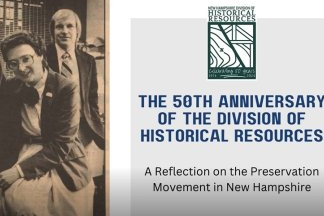
Pictured: Linda Ray Wilson, DSHPO (1975-2011) & Gary Hume, DHR’s first State Archaeologist.
Photo credit: New Hampshire Division of Historical Resources
New Hampshire
The New Hampshire Division of Historical Resources kicked off 2024 with a new look to its website marking its 50th anniversary as a state agency. It took several years of planning and implementation, but the DHR transitioned its website to align with the look, feel, and functionality that all State of New Hampshire agencies will have with their online presence. July 1, 2024 marks DHRs official birthday – 50 years after the enactment of RSA 227:C. DHR partnered with their statewide preservation non-profit, the New Hampshire Preservation Alliance, at their annual Preservation Achievement Awards Ceremony on May 7, 2024 to celebrate DHR’s 50th. Current DHR staff, alumni, friends and colleagues gathered together to share successes and lessons learned over the years. Check out DHRs newly designed website and 15-minute video documentary on New Hampshire’s Historic Preservation movement.
New Jersey
The Shady Rest Golf & Country Club was listed in the New Jersey and National Registers of Historic Places in 2022. It is the oldest African American country club in the United States founded at a time when separate black institutions were surging in an increasingly segregated America. In September 1921, a group of prominent Black investors, purchased the nine-hole golf course and circa 1740 clubhouse once known as the Ephraim Tucker Farmhouse from Westfield Country Club. With its 9-hole course, six tennis courts, croquet, horseback riding, a baseball diamond and skeet shooting, Shady Rest Golf and Country Club likely was the first African American country club established with the same amenities as its white counterparts.
The club also provided opportunities for tennis, the New Jersey Tennis Association, Inc. (NJTA), formed in 1922, was headquartered at Shady Rest. The Association hosted tournaments sanctioned by the all-Black American Tennis Association (ATA) founded in 1916. Through the 1950s, Shady Rest was the pre-eminent African American tennis venue. Two-time Wimbledon champ Althea Gibson, a regular on the tennis courts at Shady Rest, was national runner-up in the women’s singles. It was a significant entertainment venue, playing host to some of the biggest names in American jazz and cultural history including Duke Ellington, Ella Fitzgerald, Count Basie, Sarah Vaughn, and Cab Calloway. Shady Rest was also a forum for Black leaders and social activists including W.E.B. DuBois, a Harvard Ph.D. scholar in African American studies.
New Mexico
Late Modernism in New Mexico | The New Mexico State Historic Preservation Office (NM SHPO) has undertaken an initiative to identify and list in the National Register modern buildings constructed in the late 1960s and 1970s. Poorly understood and underappreciated, these buildings are subject to alterations and demolitions. NM SHPO has partnered with the Historic Preservation and Regionalism program at the University of New Mexico to work with students to prepare National Register nominations for these late modern buildings. Students have prepared successful nominations for Albuquerque buildings that include the Brutalist Main Library (1975), the New Formalist Hoffmantown Baptist Church (1965), and the Expressionist Congregation B’nai Israel synagogue (1971). Most recently, residents of La Luz del Oeste (1974) prepared a nomination for their 100-unit adobe townhouse development. Designed by architect Antoine Predock, La Luz, which includes designed landscapes and desert scrubland, is part of the New Town movement, which includes Irvine, California, and Reston, Virginia.
New York
SANS Survey and Nomination Project | The Sag Harbor Hills, Azurest, and Ninevah Subdivisions (SANS) in Sag Harbor, New York, developed after World War II as a summer resort created by and for African Americans who wished to vacation along the Long Island waterfront. Consisting of three adjacent subdivisions, SANS provided an opportunity for black families to purchase land and build summer homes in an era when Jim Crow housing segregation and mortgage financing discrimination prohibited many people of color from enjoying resort housing at all and required creative solutions to provide accessibility even for middle-class African Americans. Today, SANS is one of the last thriving, primarily African American-owned beach resort areas in the country.
North Carolina
A Survey of North Carolina Rosenwald Schools | Schools are a special interest of the North Carolina State Historic Preservation Office (NC HPO) because they are tremendously important to our state’s history yet quickly disappearing from the landscape. Since the 1980s, the NC HPO has been documenting North Carolina’s Rosenwald schools through comprehensive historic architectural surveys of municipalities and counties conducted in collaboration with local governments, and working directly with constituents interested in bricks and mortar preservation and reuse of the surviving school buildings.
North Dakota
Assyrian Muslim Cemetery National Register Listing | the Assyrian Muslim Cemetery, listed on the National Register of Historic Places in 2018, is located near Ross in northwestern North Dakota. It is the site of the nation’s first mosque and was North Dakota’s only Muslim cemetery for ninety years. The cemetery is the only remaining location in the area that recalls the influence of Syrian immigrants, who began arriving there in 1902.
Ohio
Preserving Ohio’s Place in the Civil Rights Movement | The story of Ohio’s struggle to achieve civil rights for African American citizens is observed in buildings, structures, sites and neighborhoods throughout Ohio. This webpage provides information about successfully nominating 20th Century Civil Rights associated historic properties to the National Register of Historic Places. The 20th Century African American Civil Rights Movement in Ohio Multiple Property Document (MPD) provides a detailed history of civil rights activity in Ohio and identifies specific property types associated with the movement. The Eugene McKinley Memorial Pool in Portsmouth and the Manse Hotel and Annex in Cincinnati are two National Register nominations representing important property types and themes associated with Ohio’s 20th Century African American Civil Rights Movement. Ohio’s State Historic Preservation Office, a division of the Ohio History Connection, received a grant from the U.S. Department of the Interior’s National Park Service African American Civil Rights Grant Program to prepare the Multiple Property Documentation Cover and related National Register nomination
Oklahoma
The story of Oklahoma has been told through the years with little consideration given to women. The Oklahoma Historical Society, the parent agency for the State Historic Preservation Office (SHPO) is changing that narrative for the better. We invite you to learn more about one of many things that the Oklahoma SHPO is participating in to promote women’s history. The SHPO is also actively reviewing older NRHP nominations and providing updated information and context specific to the women associated with particular properties.
Oregon
Documenting Oregon’s LGBTQ History | One of Oregon’s statewide preservation plan goals is to increase the thematic diversity of properties listed in the National Register. A recent example includes the state’s first nomination that recognizes Oregon’s LGBTQ history. Located in Portland, the drag venue Darcelle XV is significant for its role in gaining acceptance for drag and gay rights and as a safe place that anchored the LGBTQ community far beyond the reach of any LGBTQ bar. Darcelle XV was well-known on the west coast starting as early as 1968 and was able to consistently pull in a mixed gay and straight audience starting in about 1970. The nightclub held drag pageants and competitions which drew participants from all over the United States. By the early 1970s, Darcelle XV was a well-known powerhouse of drag support and sponsorship on the west coast and that impact continues through today as Darcelle continues to perform at the age of 89. With the abundance of community support for this nomination the hope is that this nomination will catalyze other LGBTQ nominations in Oregon.
Pennsylvania
PA SHPO’s Commitment to Diversity, Equity, Inclusion & Access | As part of PHMC’s commitment to Diversity, Equity, Inclusion and Access, PA SHPO identified ways in which underrepresented stories and places in Pennsylvania can be better identified, documented, and celebrated. Through three proactive efforts —survey, National Register nominations, and historical markers—PA SHPO has identified significant thematic and geographic gaps in Pennsylvania’s cultural resources data. With financial support from Keystone and mitigation funds, PA SHPO has started working to address those gaps to preserve and share a more inclusive and representative record of Pennsylvania’s history.
Rhode Island
College Hill Historic District Amendment | In 2018, the Rhode Island Historical Preservation & Heritage Commission partnered with the Rhode Island Black Heritage Society to complete an amendment to the College Hill National Register Historic District in Providence. Funded by a $25,000 grant from the National Park Service’s Underrepresented Communities Grant Program, the amendment documents churches, residences, businesses, and places of political organizing significant to the African American and Cape Verdean communities of College Hill. In so doing, it recognizes the important contributions made by people of African descent to the development of this nationally significant historic district.
South Carolina
African American Historic Places in South Carolina | the South Carolina State Historic Preservation Office has developed a publication that showcases the many properties listed in the National Register of Historic Places, or sites marked with state historical markers, that are associated with African American history. Each year an update is prepared noting new additions.
South Dakota
He Dog School National Register Nomination | The South Dakota SHPO and Rosebud THPO partnered to nominate the He Dog School on the Rosebud Indian Reservation to the National Register. The Bureau of Indian Affairs had planned to demolish the school until community members objected and the Rosebud Sioux Tribal Council passed a resolution calling for its preservation. The school, which was built with New Deal funding and used a Rosenwald Fund school plan, also contains ten murals by Lakota artist James “Jim” Blackhorse depicting traditional Lakota life.
Tennessee
Preservation of New Salem Baptist Church | the New Salem Baptist Church Renovation Task Force was awarded a Historic Preservation Fund grant of $33,416 in 2018 to complete masonry work on the 1866 church in Sevier County Tennessee. The TN Historical Commission, East TN Development District, and East Tennessee Community Design Center have worked to recognize and restore the church building since its listing in the National Register in 2003. Built by Isaac Dockery, a locally well-known African American craftsman, the church building is one of the oldest buildings in the county and the only 19th century African American church building in Sevier County.
Texas
Undertold Stories Marker Program | The Texas Historical Commission’s Undertold Stories Marker program welcomes applications for markers intended to address historical gaps, promote diversity of topics, and proactively document significant underrepresented subjects or untold stories. Nearly 200 such markers have been installed across the Lone Star State since the program’s inception in 2006, including such topics as Chinese immigration to El Paso, stories of African American freedom colonies, and even stories of violence such as the Porvenir Massacre and the lynching of Jesse Washington. Read more.
Utah
Partnership with Navajo Nation to stabilize Oljato Trading Post | In early March 2020, the Utah SHPO helped coordinate and supervise a three-day effort to stabilize the vacant, stone-and-adobe Oljato Trading Post. This National Register-listed building is located on Navajo Nation land in the remote Four Corners area of southeastern Utah. This is the first step toward what is hoped will be a full rehabilitation. The project lead was the San Juan County Historical Commission, which received a CLG grant for the project. Key partners and participants included the Navajo Nation and Utah State University-Eastern, which provided some 20 student and staff volunteers, who spent their spring break working on the project.
Vermont
The African American Heritage Trail website and printed materials provide glimpses into the history of Vermont’s Black community. The trail explores the lives and stories of Blacks in Vermont, and those dedicated to issues of freedom and equality. It takes visitors to historic and cultural sites where actions, events, and individuals significant to African American history and civil rights are remembered. These places feature exhibits, roadside markers, films, and tours that illuminate the lives of African Americans in the Green Mountain State and North Country of the neighboring Empire State of New York. Meet teachers, storytelling, activities, ministers, and legislators who contributed to the complicated mosaic of race relations to make Vermont a better home for all. The website is continuously being updated as research reveals new stories and places.
Virgina
A Guidebook to Virginia’s African American Historical Markers | the Department of Historic Resources has released a new book that features the texts and locations of more than 300 state historical markers highlighting people, places, and events important to African American and Virginia history, ranging from the colonial era through the civil rights movement.
Washington
Identifying, documenting and commemorating contributions of Filipino Americans to Washington State’s built history: Working with Filipino American historians and community members and their partners, Washington SHPO will gain a significantly expanded understanding of the themes and property types that are associated with the settlement and growth of Filipino Americans. The project will include outreach opportunities, and ultimately result in recorded oral histories, a context statement, Historic Property Inventory forms for significant sites and buildings that tell the story of Filipino Americans, and completion of two National Register of Historic Places nomination forms. The National Park Service announced in June that it has awarded $750,000 in Underrepresented Community Grants to support the identification and nomination of sites to the National Register of Historic Places.
West Virginia
Diversifying the National Register: Honoring Black History in West Virginia | from the 1940s to 1970s, the Dunbar Recreation Center was a cornerstone for the Black community in eastern Ohio, western Pennsylvania, and West Virginia’s northern panhandle. The space hosted a variety of social and political events, such as graduations and college fund drives. The Dunbar Recreation Center is one example of the state’s efforts to increase Black representation in the National Register. Over the past five years, nine additions have been made to the register, including Mt. Zion Missionary Baptist, the Susan Thornton House, the Memphis Tennessee Garrison House, and West Virginia State University faculty housing. These historic resources acknowledge the state’s connection to the perpetuation of racial discrimination, while also honoring the accomplishments of Black West Virginians to construct a vibrant community life and fight for equality. The identification of underrepresented stories and their resources remains crucial to West Virginia’s preservation goals.
Wisconsin
Lizard Mound | Twenty-eight zoomorphic and geometric burial mounds, representing the largest surviving collection of Late Woodland (800-1250 BP) bas-relief earthen sculptures of water spirits on earth, stand on a plateau within Lizard Mound State Park, located in Washington County, Wisconsin. Sculptures of waterfowl and water panthers, many grouped in pairs, mark the final resting places of the local Ancestral community. The Wisconsin State Historic Preservation Office, in concert with Commonwealth Heritage Group, Inc. and the Wisconsin Department of Natural Resources, prepared an updated National Register of Historic Places nomination for Lizard Mound that recognizes the mounds and associated staging/ritual areas as a unified whole, intimately bound to both physical and sacred landscapes. The site retains an enduring connection to the Ho-Chunk Nation and other Indigenous residents of the region.
Territories
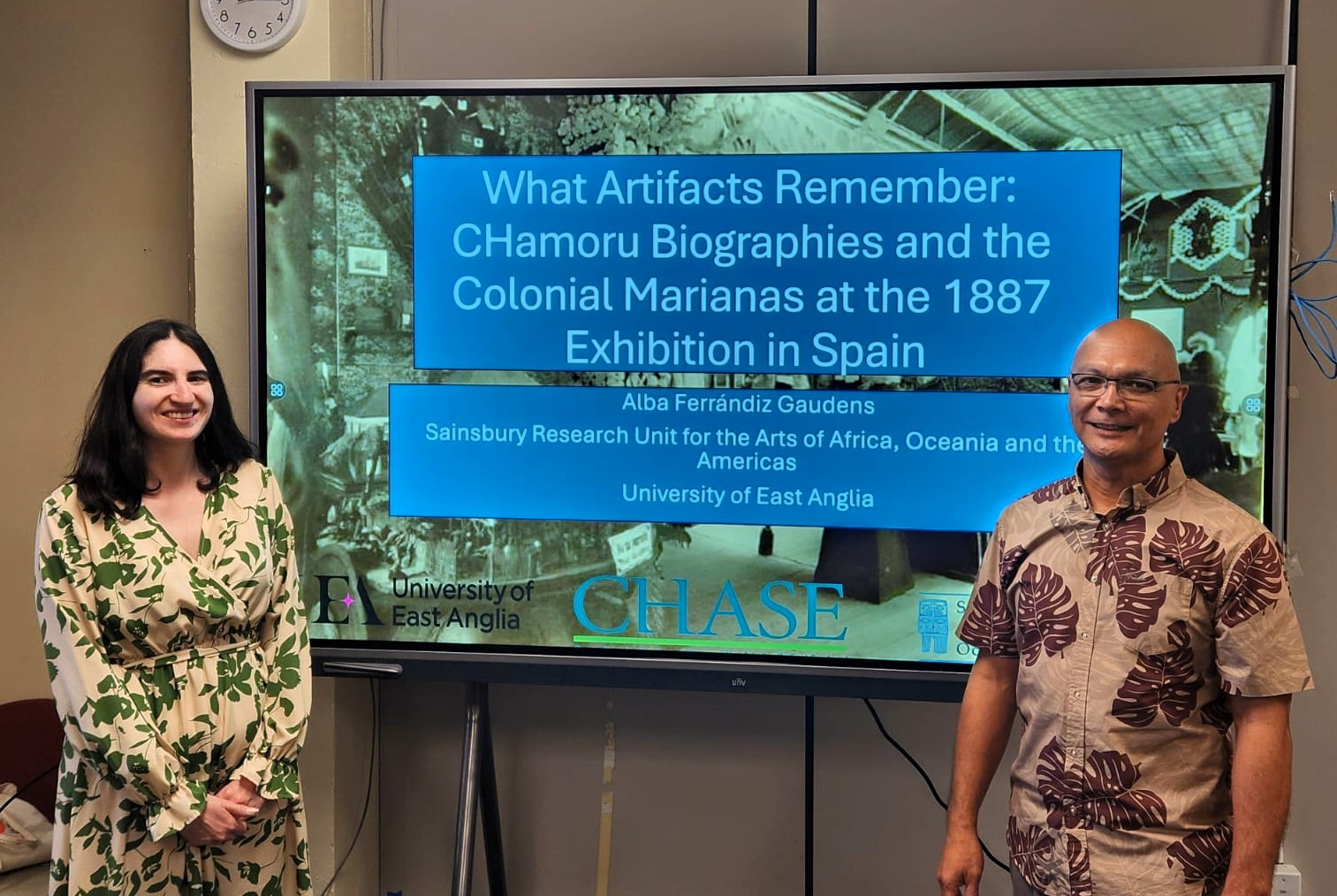
Guam
Brown Bag Sessions w/PhD Students | In 2025, Guam’s State Historic Preservation Office began hosting Brown Bag sessions inviting PhD Students share their thesis with SHPO staff, and other cultural resource stakeholders. The April 11, 2025 session welcomed Spain’s Alba Ferrandiz Guadens, a student out of University of East Anglia (UK) who presented her thesis “What Artifacts Remember: Chamoru Biographies and the Colonial Marianas at the 1887 Exhibition in Spain.” “With Guam’s long Spanish colonial period from 1521-1898, it has left a huge impact on many facets of our island’s cultural footprint,” SHPO Patrick Lujan said. “Alba has put in so much time and energy not only in Guam, but in Manila as well, putting together a comprehensive, insightful look at this short period of Guam history.”
Northern Mariana Islands (CNMI)
WWII Maritime Heritage Trail | Funded by the NPS American Battlefield Protection Program grant and a NOAA Pacific Region Grants Cooperative grant, along with support from Ships of Discovery, the Pacific WWII Maritime Heritage Trail incorporates the Battle of Saipan as one of its endeavors. Codenamed Operation Tearaway, it aimed to seize control of Saipan from Japanese forces. The battle involved a massive U.S. amphibious assault, leaving echoes of conflict beneath Saipan’s ocean waters. This underwater battlefield holds Japanese and U.S. shipwrecks, assault vehicles, and aircraft wreckage, enriching the U.S. NHL District. The CNMI Historic Preservation Office, along with archaeologists, researchers, and local government agencies, conducted photogrammetry surveys to enhance the mapping of archaeological sites. An interpretive film and workshops were produced to raise public awareness of the cultural heritage’s importance. Additionally, a website and educational materials were created to emphasize the need for site protection and relevant laws. As emerging technologies evolve, the CNMI HPO remains committed to aiding researchers in the ongoing exploration, examination, and documentation of this underwater battlefield.
Freely Associated States

Photo credit: Ashley Meredith, FSM NACH
Federated States of Micronesia (FSM)
Chuuk State’s underwater archaeological & marine surveys of WWII wrecks in Chuuk Lagoon was conducted by the FSM Office of National Archives, Culture, and Historic Preservation (NACH) along with partners: Major Projects Foundation (MPF), Japan Mining Action Services (JMAS), and the University of Guam (UoG). FSM routinely works with each of the four states (Kosrae, Pohnpei, Chuuk, and Yap) to implement and carry out historic preservation projects and conduct research.
The Chuuk surveys focus on 20 shipwrecks that have been identified as high risk as potentially polluting wrecks (PPW). Leaking oil is a precursor to an impending oil spill that would be disastrous to the environment and livelihood of the people. The surveys utilize multi-beam and photogrammetry to create 3D models which aid in disaster and preservation planning. They also contribute to understanding how wrecks are impacted by the shape of the ocean floor, currents, and marine life – which advance effective management of leaking oil, including safely removing hazardous waste from within the fuel tanks of the wrecks to prevent oil spills.


